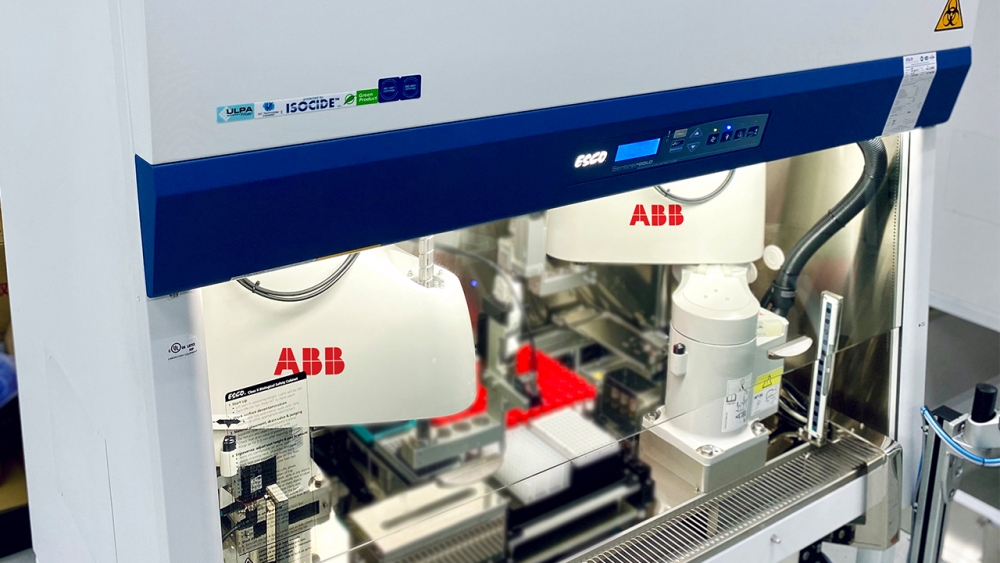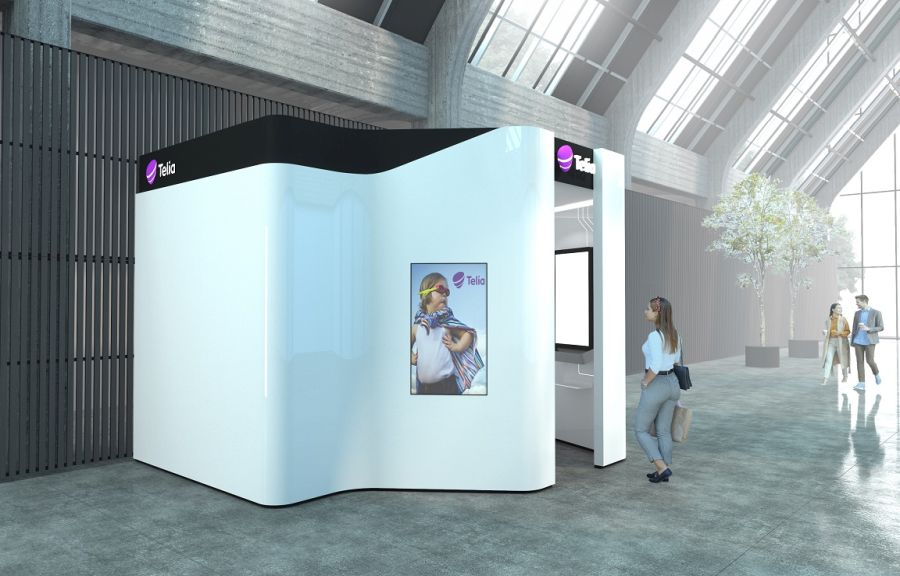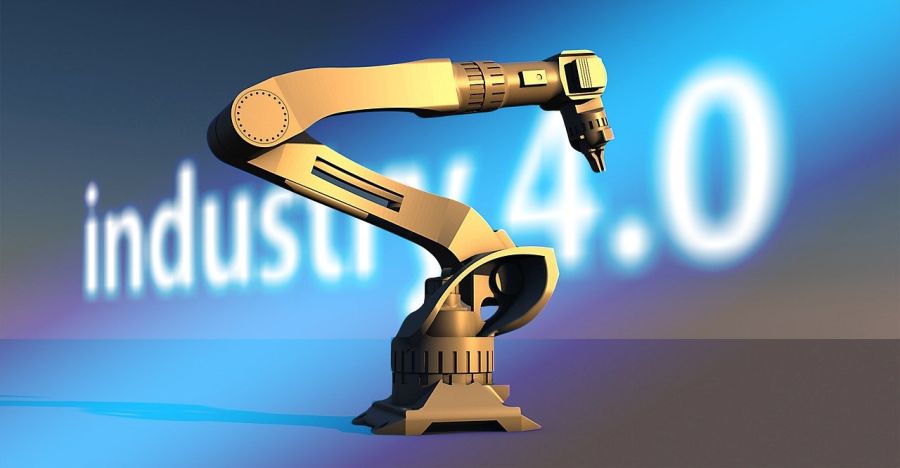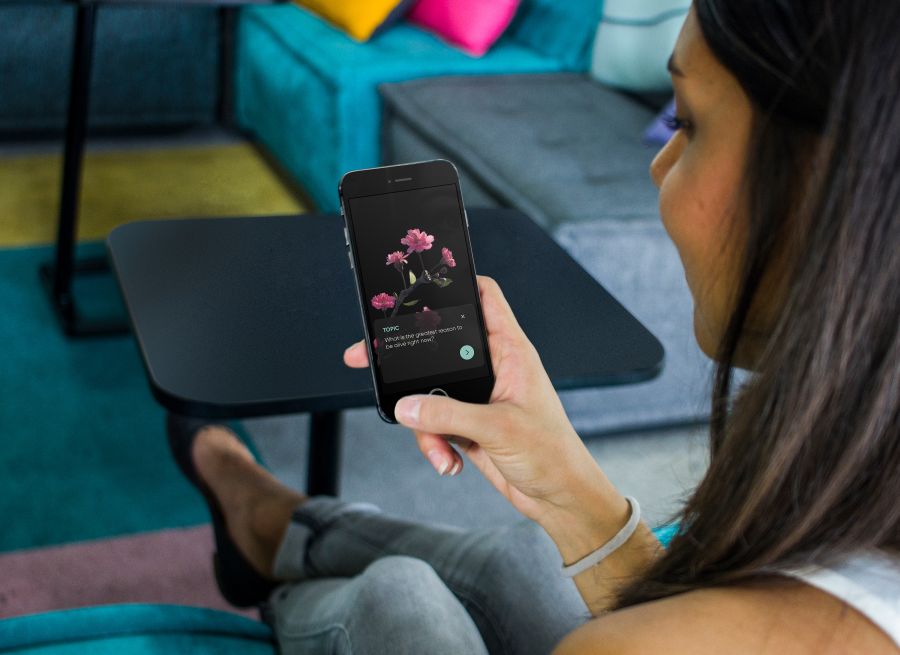Innovation
How to innovate, make things better - read news and articles about it here (soon).
Garage48 - Build your Unicorn before 2020 finishes
Estonian-initiated Garage48 hackathon invites startups and enterpreneurs to build some awesome rpototypes within 48 hours (usually at weekends) to improve the future of the wood, empower the young for green economy and find future solutions with the support of U.S. Embassy.
Finnish demo plant produces renewable fuel from carbon dioxide captured from the air
The unique Soletair demo plant developed by VTT Technical Research Centre of Finland and Lappeenranta University of Technology (LUT) uses carbon dioxide to produce renewable fuels and chemicals. The pilot plant is coupled to LUT’s solar power plant in Lappeenranta and uses solar energy for CO2 extraction and hydrogen producing.
The aim of the project is to demonstrate the technical performance of the overall process and produce 200 litres of fuels and other hydrocarbons for research purposes. This concerns a one-of-a-kind demo plant in which the entire process chain, from solar power generation to hydrocarbon production, is in the same place.
ABB robots accelerate COVID-19 testing in Singapore
As part of Singapore’s efforts to enhance its nation-wide COVID-19 testing capabilities, ABB’s high-precision robots have been deployed in a new automated laboratory system, known as the Rapid Automated Volume Enhancer (RAVE).
The system automates some of the manual steps usually required in sample processing. Two sets of RAVE and associated equipment can process an industry-topping throughput of close to 4,000 samples a day. RAVE also reduces test contamination and infection risks for laboratory workers.
Estonian researchers develop deep learning method to increase cancer knowledge
Using approximately 2.6 million microscopy images of canine kidney cells, members of an international research group, containing contributors from Estonia and Russia have built and trained a deep learning model to better understand how cells grow and divide. This research opens a novel way to identify more quickly and more easily the cell cycle ‘clock’ for every cell that is essential to understand diseases like cancer. The methods and results of their work have now been published in the journal Molecular Systems Biology.
A robotic self-service kiosk pilot in Estonia tries to sustainably increase regional service availability
Cleveron will pilot its first self-service screen and parcel robot integration together with telecom company Telia in Estonia. Telia will set up a “self-service pod” in a small town, where the company’s clients can connect with customer service through a Cleveron self-service screen, pay for their goods on-site, and receive the items from the connected Cleveron parcel robot. The pilot aims to bring Telia’s services closer to its customers in areas, where having traditional service offices is not viable anymore due to the small population and increasing costs.
China, Japan and USA controls 60% of global installations of industrial robots, Germany on 5th place
Data presented by Buy Shares indicates that China, Japan, and the United States cumulatively control about 58.71% of the global industrial robot installations.
ABB powers P&O super-ferries towards new sustainable transport era
ABB to supply electric, digital and connected solutions for P&O Ferries’ two new vessels, including Azipod® propulsion and energy storage, cutting fuel consumption by one ton per return trip across the English Channel
ABB has won a contract with Guangzhou Shipyard International Ltd for supplying a full scope of integrated solutions for P&O Ferries’ two new vessels. The hybrid propulsion solution, using electric power from 8.8MWh batteries and diesel generators, will cut fuel consumption on P&O Ferries’ Dover-Calais route by 40 percent. The batteries will provide full power for harbor maneuvering and stay in port and will prepare the vessels for a zero-emission future once more electric shore charging stations are available.
Boston Dynamics expands global sales of SPOT robot, now available in the EU
Boston Dynamics, the global leader in mobile robotics, expanded commercial sales of Spot, the agile robot that climbs stairs and traverses rough terrain with ease, to the European Union, United Kingdom and Canada. This follows the launch of commercial sales of Spot in the U.S., and builds upon a successful Early Adopter Program that saw a number of companies in both Europe and North America integrate the robot into their operations.
Towards more resilient and sustainable buildings - challenges and opportunities facing the post COVID-19 Estonian green building sector
Photo: (CC) Pixabay
Author: Qidi Jiang
Machine learning solutions for improving communication developed in Latvia
Machine learning technology is increasingly entering people's daily lives and its application is becoming more extensive, from email filtering and computer vision solutions to forecasting tools and language processing. There are also practical and day-to-day solutions in Latvia that use machine learning methods. Find out what is new in the machine learning industry and interesting solutions for business development at the RIGA COMM Machine Learning Conference on October 15 in Ķīpsala.
“More machine-learning solutions for communication analysis will emerge in the coming years, which will enable everybody to improve daily communication and make brand communication more efficient in any company,” tells Aldis Ērglis, a Machine Learning lab lead at Emergn.









